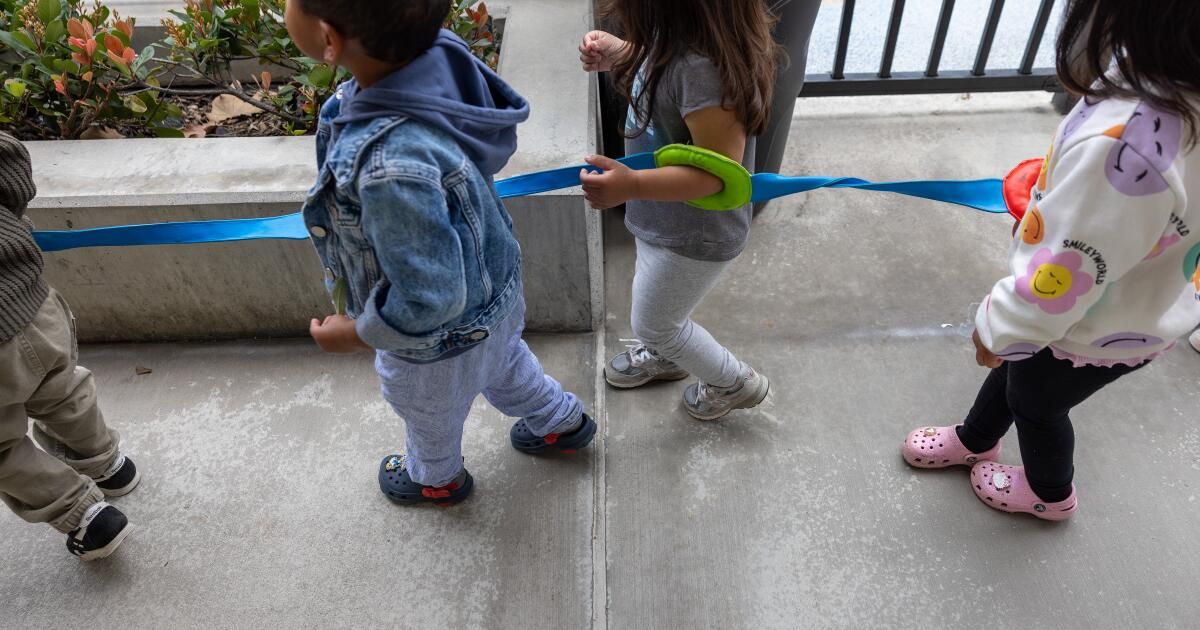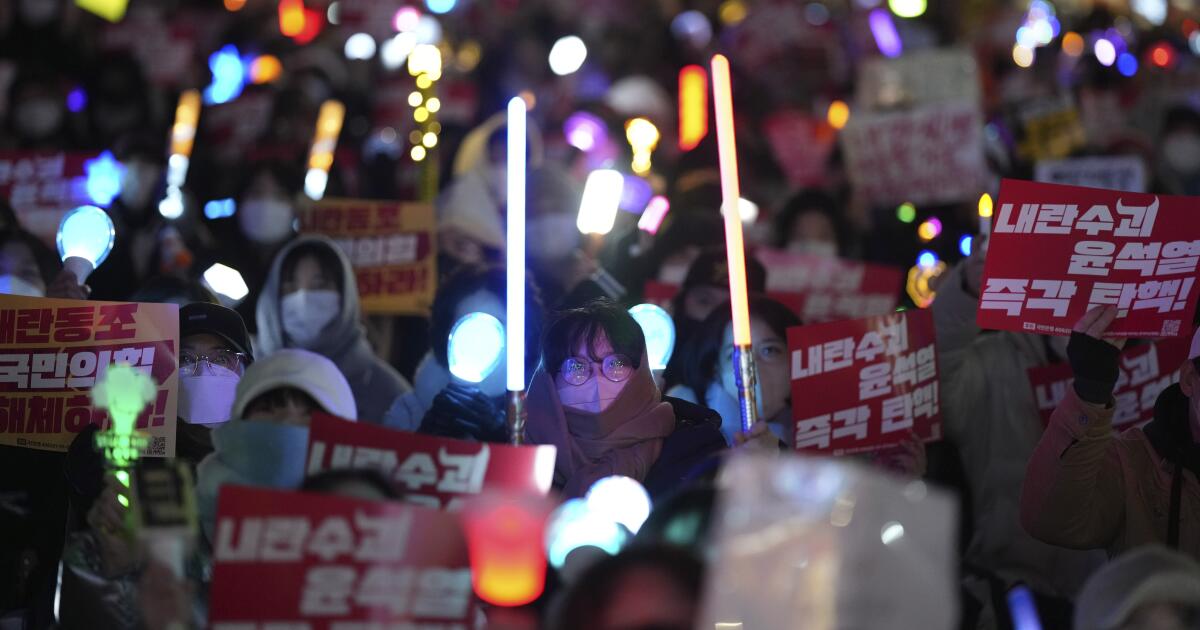In Los Angeles and elsewhere in the country, a home's square footage used to be the ultimate reflection of wealth and status. But with rising energy costs, soaring insurance premiums and other factors driving buyers toward more modest homes, there's another measure of prosperity: the number of children one can afford to have.
Since 2018, child care costs have surpassed housing as the top household expense in most of California, a trend we are seeing Distributed nationwide as the costs of caring for two children exceed the average mortgage. Los Angeles, The cost of child care for a couple with one preschool-aged child and one school-aged child is more than 10% higher than the cost of housing. And in a report Published last week, we found that child care is the top household expense in all but eight California counties, and because of systemic racism and sexism in the labor market, exorbitant costs are hitting women, as well as Latino and Black families, the hardest.
The numbers show that long-standing inequalities in our economy have made starting a family a potentially catastrophic financial event for Black and Latino Californians. childless Black households struggling to make ends meet, 42%, is almost the same as white households struggling to make ends meet, three Black households have 46% children, meaning that having any number of children places a greater economic burden on Black households than on white households. Meanwhile, white families are the only demographic for which the percentage of households barely getting by (i.e., struggling to cover their living costs) remains generally the same (27%) whether they have zero children, one child, or two children. In contrast, 58% of Black households and 65% of Latino households with two children do not receive enough money to cover their expenses.
How is it possible that California, a state often portrayed as a bastion of progress, has ended up with such dramatic racial disparities in these outcomes? The data show that the paths to economic security that work for whites often don’t work for other races, especially blacks, making it harder for them to support their families.
For example, education does not yield the same economic benefits for Black women as it does for other Californians. They are the only demographic in the state for which a high school diploma has no economic benefit. Among those with a bachelor’s degree, our analysis found that nearly one-third of Black women face financial instability, while 16% of white men in this group struggle to make ends meet.
Occupational segregation in California also plays a role. Latino men are the only demographic for which the five most common jobs have a median annual salary of less than $90,000. Latino men and women and black men are crowded into the lowest-paid occupations, including housekeepers and house cleaners for Latina women, with a median salary of $50,516; security guards and gambling surveillance agents for black men with a median salary of $46,951; and sales workers/drivers and truck drivers for Latino men, with a median salary of $86,498. Meanwhile, three of the five most common occupations among black women are low-paid; personal care attendant is the most common job in this demographic, with a median salary of just $33,348.
Low wages, of course, limit people’s ability to afford child care: A single Black woman with a preschooler working as a personal care aide earning the median wage in Alameda County, for example, faces a staggering $6,800 monthly gap between her income and the cost of basic necessities.
Across all races, it’s a challenge for single parents to stay afloat. A household with one adult working minimum wage and one preschooler in Los Angeles would need the adult to work about 17 hours a day, seven days a week, to cover basic living expenses, including child care. Statewide, two in five divorced white households are barely scraping by. For divorced Black, Latino and Native American households, financial instability is greater: 55% of such Native American households, 54% of Latino households and 48% of Black households are struggling to stay afloat.
Even with two breadwinners, racial divides persist. We found that a higher percentage of Latino households with two or more workers (42%) struggle to meet basic needs than white households with one working adult (35%). For Black and Native American households, 30% and 28% of those with two working adults still struggle to make ends meet, respectively.
A range of policies could help all families thrive. We've seen the federal government take swift and effective action: pandemic-era relief programs, now expired, including an expanded Child Tax Credit and unemployment insurance, led to the The largest reduction in poverty on record in the countryPassing an enhanced and permanent Child Tax Credit should be a top priority of California's Congressional leaders.
Officials should also continue to expand guaranteed income pilot programs, such as The BIG:LEAP initiative in Los Angeleswhich gave some poor families $1,000 a month. The results included increased savings, better living conditions and more resources for children. In addition to debt relief, and increases in the minimum wage that State and local governments are already working to get California to reform the tax code to cover inherited and accumulated wealth and to increase the corporate tax rate. Such reform would create more revenue to fund economic programs.
California should be a pioneer state. We've heard enough complaints from elected officials that the world's fifth-largest economy can't afford bold policies that would reduce poverty and support families raising children, regardless of race.
Jhumpa Bhattacharya and Anne Price are co-founders and co-chairs of the nonprofit Maven Collaborative.












